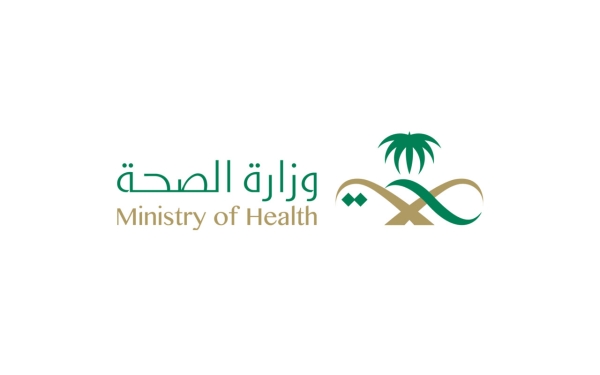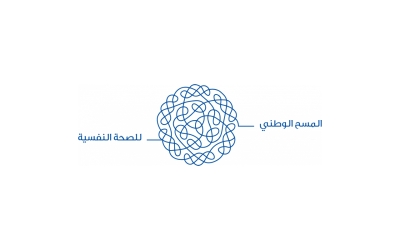

Diabetes in the Kingdom of Saudi Arabia is a chronic metabolic condition characterized by elevated blood glucose (blood sugar) levels compared to normal levels. Without proper management, diabetes - with time - can lead to damage to the heart, blood vessels, eyes, kidneys, and nerves.
The Saudi Ministry of Health is actively working to prevent these complications and raise public awareness about the risks associated with diabetes.
Diabetes statistics in Saudi Arabia
Diabetes rates in the Kingdom increased, from 2.2 percent in the mid-1970s to 12.3 percent in the mid-1990s, and further to 24 percent by 2004. A 2006 study reported that the prevalence of metabolic syndrome had reached 39 percent, while another study in Riyadh City found that 32 percent of hospitalized patients had diabetes, with complications showing a continual rise.
According to the National Diabetes Strategy Document in the Kingdom and population surveys assessing diabetes prevalence from 1982 to 2015, the latest study on diabetes was conducted by the Ministry of Health in collaboration with the University of Washington and will serve as a reference point for the diabetes epidemic.
The study found that diabetes prevalence reached 13.4 percent, equating to 1,745,532 male and female individuals aged fifteen and older. The prevalence rises with age, reaching about 51 percent among those over sixty-one. Among individuals with diabetes, 31.6 percent were taking medications and managing their blood sugar levels at controlled levels (seven or below), while 43.6 percent were diagnosed of not previously knowing they had diabetes. Additionally, the study revealed that 15.2 percent of citizens are in a pre-diabetic stage.
Economic cost of diabetes
The International Diabetes Federation, using data from the Saudi Ministry of Health's 2017 statistics, reports that the cost of diabetes treatment in the Kingdom stands at approximately SAR24 billion, with projections suggesting this could rise to SAR40 billion by 2045.
The National Diabetes Strategy 2020 also highlights findings from a 2013 study on the financial burden of diabetes in the Kingdom from 1992 to 2010. In 2010 alone, total healthcare costs reached about SAR35 billion, with SAR3.75 billion specifically allocated to diabetes treatment. The average annual spending per diabetic patient was approximately SAR35,000 for those under fifteen, while for patients over sixty, it averaged SAR5,400 per person.
Types of diabetes
The Saudi Ministry of Health's Chronic Disease Platform classifies diabetes into several types:
Type 1 diabetes: This occurs when the body either produces little or no insulin by itself, requiring the patient to always rely on external insulin.
Type 2 diabetes: The body becomes resistant to the effects of insulin and does not produce enough of it.
Gestational diabetes: This refers to abnormal blood sugar levels diagnosed for the first time during pregnancy, which may or may not persist after childbirth.
Additionally, diabetes can sometimes be associated with certain syndromes, including Down syndrome, Klinefelter syndrome, and Turner syndrome.
Related quizzes

